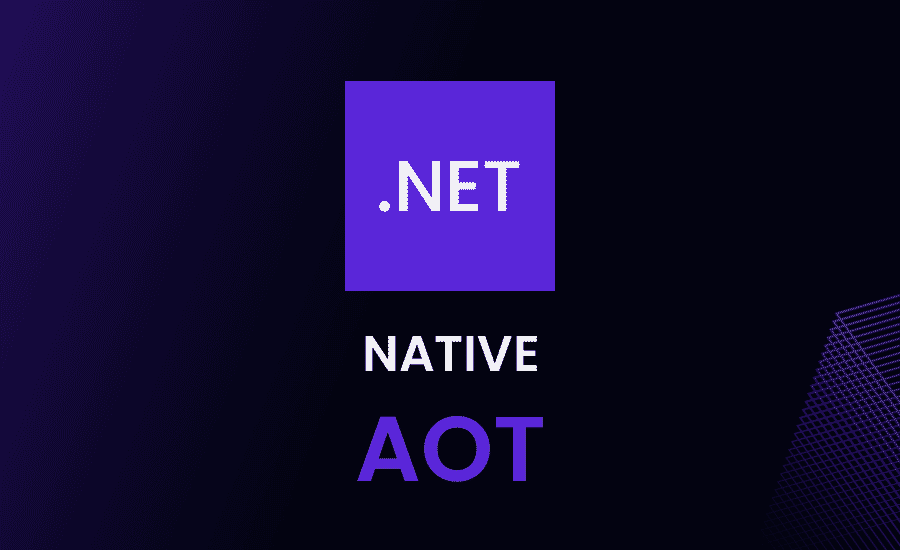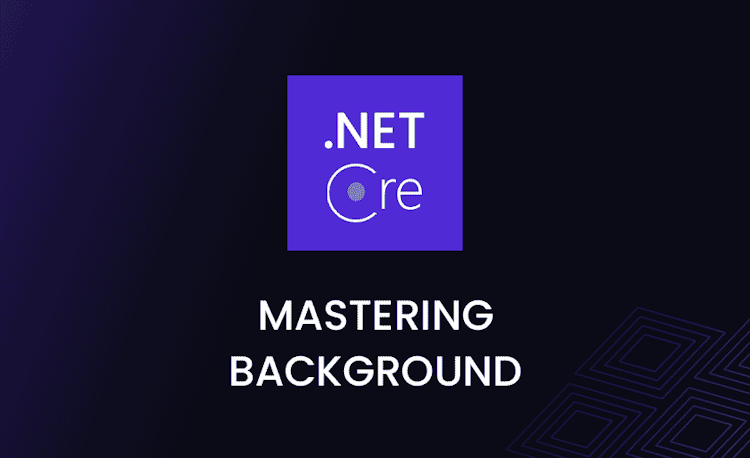Native AOT: The Future of .NET Application Development

In the world of software development, performance and efficiency are crucial. The .NET framework has consistently provided developers with powerful tools to create robust, high-performance applications. One of the recent advancements in .NET technology is Native AOT (Ahead-of-Time) compilation. This article explores Native AOT .NET, its benefits, key components, how it works, and its various use cases.
What is Native AOT .NET?
Native AOT .NET refers to the process of compiling .NET applications ahead-of-time into native code, optimizing their performance at runtime. This technique allows applications to run directly on hardware without the need for just-in-time (JIT) compilation, leading to improved performance and reduced memory usage.
Benefits of Native AOT .NET
Performance improvement
Native AOT .NET offers significant performance improvements by compiling the application code ahead-of-time. This eliminates the need for JIT compilation during runtime, reducing the overhead associated with it.
Startup time reduction
As the code is already compiled to native code, the startup time for applications is significantly reduced. This is particularly useful for scenarios where quick application startup is essential, such as mobile or serverless applications.
Memory footprint reduction
Native AOT .NET reduces the memory footprint of applications by avoiding the need to store intermediate compilation artifacts in memory. This leads to lower memory consumption and improved performance, especially in memory-constrained environments.
Enhanced security
By compiling code ahead-of-time, Native AOT .NET can apply security hardening techniques during the compilation process, making applications more resilient to potential attacks.
Key Components of Native AOT .NET
CoreRT
CoreRT is the runtime library used in Native AOT .NET. It provides the necessary components for ahead-of-time compilation, such as garbage collection, reflection, and platform abstractions.
LLVM
LLVM (Low-Level Virtual Machine) is an open-source compiler infrastructure used for code optimization in Native AOT .NET. It helps in generating highly optimized native code for various target platforms.
RyuJIT
RyuJIT is the default just-in-time compiler for .NET. In Native AOT .NET, RyuJIT is used during the ahead-of-time compilation process to generate intermediate code, which is later optimized by LLVM.
How Native AOT .NET Works
Ahead-of-time compilation
Native AOT .NET compiles the application code into native code ahead-of-time, converting CIL (Common Intermediate Language) code into machine code. This process uses CoreRT, LLVM, and RyuJIT to generate highly optimized native code tailored for the target platform.
Runtime linking
During runtime, the native code is linked with the required runtime libraries, such as CoreRT, to create a complete and executable application. This process enables Native AOT .NET to achieve optimal performance while maintaining compatibility with existing .NET features.
Comparison with Just-In-Time (JIT) Compilation
The primary difference between Native AOT .NET and JIT compilation is when the compilation occurs. In JIT compilation, the application code is compiled into native code during runtime, which can introduce some overhead and affect performance. On the other hand, Native AOT .NET compiles the application code ahead-of-time, resulting in faster startup times and improved overall performance.
While Native AOT .NET offers some advantages over JIT compilation, it may not always be the best choice for every application. JIT compilation can still provide better performance in certain scenarios, such as when using dynamic code generation or when the application relies on runtime code optimizations.
Native AOT .NET and Platform Compatibility
Native AOT .NET supports various platforms, including Windows, macOS, Linux, and mobile platforms like iOS and Android. This broad compatibility allows developers to create high-performance, platform-specific applications using familiar .NET tools and libraries.
Native AOT .NET Limitations and Considerations
While Native AOT .NET offers numerous benefits, there are some limitations and considerations to keep in mind:
- Native AOT .NET applications tend to have a larger binary size compared to their JIT-compiled counterparts. This is due to the inclusion of runtime components and the absence of runtime code generation.
- Some .NET features, such as dynamic code generation, might not work as expected or may require additional configuration when using Native AOT .NET.
- Ahead-of-time compilation can increase the build time of applications, especially for large projects.
How to Get Started with Native AOT .NET
To get started with Native AOT .NET, you can use the .NET SDK and its associated tools to create, build, and deploy your applications. Ensure that your project is compatible with Native AOT .NET by updating your application’s dependencies and configuration files. Finally, follow the official documentation and guidelines for building and deploying Native AOT .NET applications on your target platform.
Native AOT .NET Use Cases
Native AOT .NET is particularly well-suited for the following use cases:
- Mobile applications: Native AOT .NET can help improve the performance and startup time of mobile applications, providing a better user experience on resource-constrained devices.
- Serverless applications: In serverless environments, where quick startup times and low memory usage are crucial, Native AOT .NET can offer significant benefits.
- Desktop applications: Native AOT .NET can be used to create high-performance, platform-specific desktop applications that take full advantage of the underlying hardware.
Conclusion
Native AOT .NET is an exciting advancement in the .NET ecosystem that enables developers to create high-performance, platform-specific applications with reduced startup times and memory usage. By understanding the benefits, limitations, and use cases of Native AOT .NET, you can make informed decisions about whether it’s the right choice for your project.
FAQs
- What is the main advantage of using Native AOT .NET?The main advantage of Native AOT .NET is its ability to compile .NET applications ahead-of-time into native code, resulting in improved performance, reduced startup times, and lower memory usage.
- Is Native AOT .NET compatible with all .NET features?While Native AOT .NET is compatible with most .NET features, there might be some limitations or additional configuration required for certain features, such as dynamic code generation. It’s essential to review the official documentation and test your application thoroughly when using Native AOT .NET.
- How does Native AOT .NET compare to JIT compilation?Native AOT .NET compiles the application code ahead-of-time, eliminating the need for JIT compilation during runtime. This results in faster startup times and improved overall performance. However, JIT compilation may still provide better performance in some scenarios, such as when using dynamic code generation or when relying on runtime code optimizations.
- Can I use Native AOT .NET for cross-platform development?Yes, Native AOT .NET supports various platforms, including Windows, macOS, Linux, and mobile platforms like iOS and Android. This allows you to create high-performance, platform-specific applications using familiar .NET tools and libraries.
- What are some common use cases for Native AOT .NET? Native AOT .NET is well-suited for mobile applications, serverless applications, and desktop applications where performance, quick startup times, and low memory usage are crucial.





